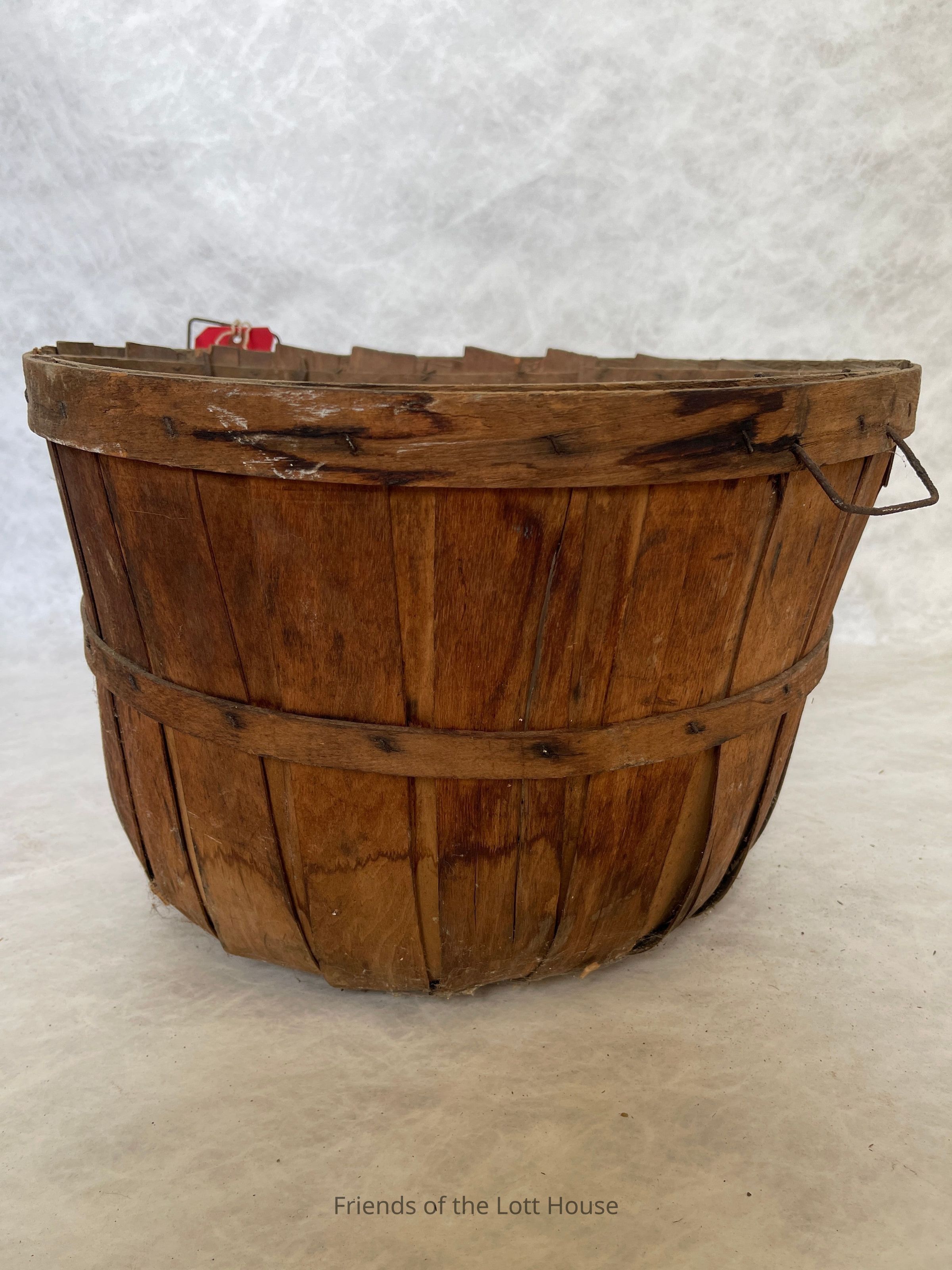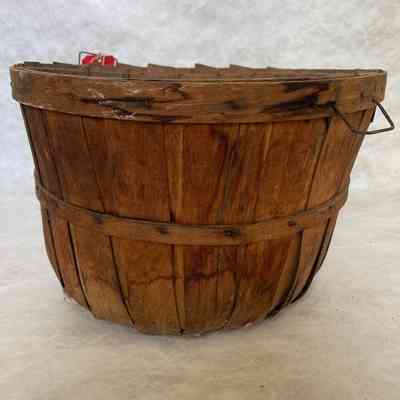Basket

Like most residents of the Flatlands, the Lott family were farmers. Everyone in the household—regardless of gender or age—likely took part in farm duties ranging from cultivating the land to collecting eggs from the chickens. The Lott farm produced a variety of staple crops, including wheat, buckwheat, rye, oats, corn, flax, and barley. They also grew fruits and vegetables, such as potatoes, string beans, and cabbage, and raised dairy animals. Farm work was mostly manual in the 19th and early 20th centuries, and efficient tools were essential for gathering, carrying, and transporting crops. Baskets played a key role in this process, allowing workers to collect fruits, vegetables, and grains in a manageable way, which minimized the number of trips needed to transport goods. They helped workers gather large quantities of produce in a single load, improving overall efficiency. The Hendrick I. Lott House Collection includes several baskets used on the farm, offering a tangible connection to the daily labor that took place there. These baskets, crafted from durable materials like wicker or wood, were essential tools for harvesting and transporting crops. Some of these baskets were made for picking berries, gathering beans, or collecting eggs. In addition to the baskets, the Lott House Collection reflects the diverse labor force that worked on the farm. Many of the farm workers were Irish immigrants, like many others during that period, who sought work on farms in the United States to make a living. Irish immigrants on the farm were part of a broader trend in the late 19th and early 20th centuries when many immigrants helped sustain agricultural production across the country.
